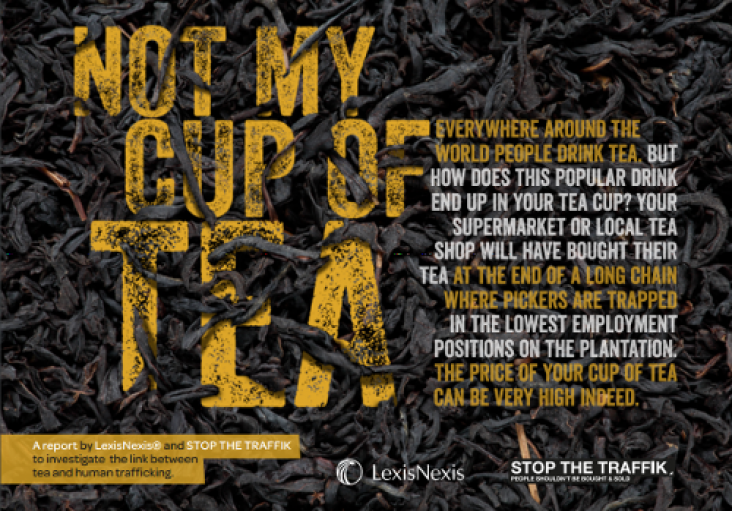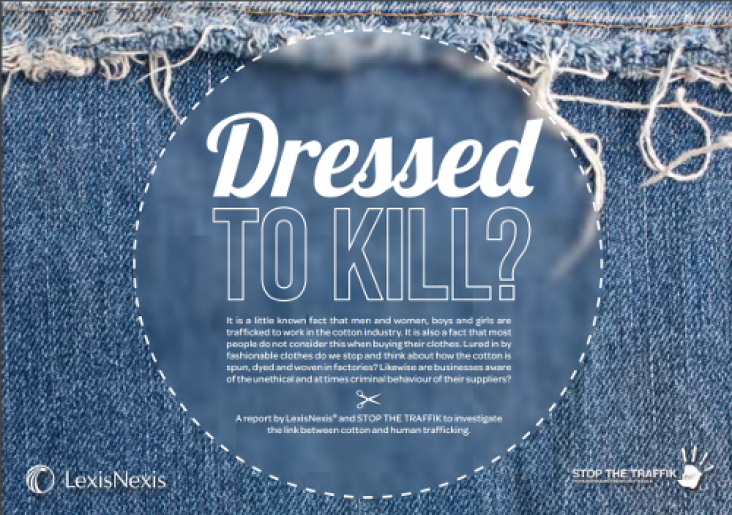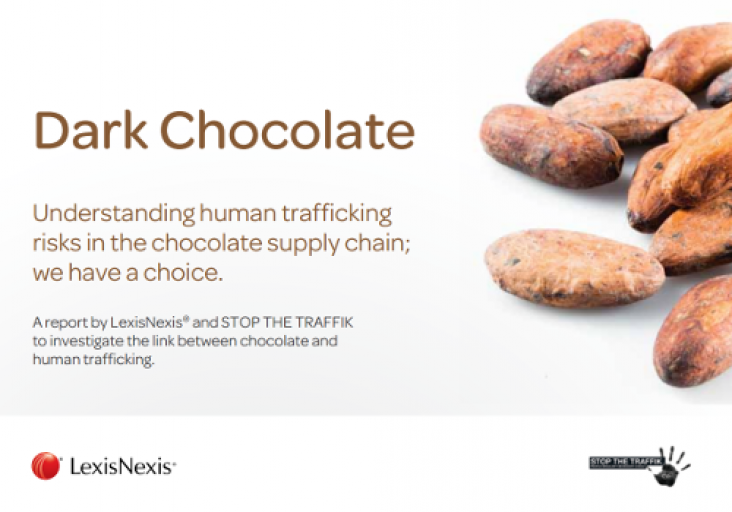
Three billion cups of tea are drunk each day; it's the world's second most popular drink after water. Yet tea workers are often targeted by human traffickers and coerced into forced labour, domestic servitude and in some cases the sex industry. This report looks at the tea industry in Kenya, Sri Lanka and India to highlight supply chain issues and working conditions, to contribute to the advancement of SDG target 8.7 to eradicate forced labour, end modern slavery and human trafficking by 2025.
This report sets out five defining features of corporate sustainability, which the Global Compact asks businesses to strive towards – looking at why each element is essential, how business can move forward and what the Global Compact is doing to help. It aligns with most of the SDGs but primarily goal 8 on decent work and economic growth and goal 17 on partnership for the goals.
This report offers practical advice and sparks of inspiration for creating child labour free zone, which are issues covered by Goal 4, Goal 8, and Goal 12
This report calls on business to promote entrepreneurship among young people and to support and invest in youth-owned enterprise, which are issues covered in Goal 4 and Goal 8.
A compilation of good practices gathered from desktop research or submitted by UN Global Compact participants in response to a call to share actions and initiatives that their companies are undertaking to respect and support children’s rights, focusing on Goal 4 and Goal 8.
Partner content
United Nations UniversityJournal of International Criminal Justice, 2015.
Contributing to SDGs 8 (Decent Work and Economic Growth) and 16 (Peace, Justice and Strong Institutions), this research brief explores the contribution of international criminal justice norms and institutions to the eradication of modern slavery.

The Dressed to Kill Report is based on LexisNexis' Human Trafficking Awareness Index and highlights the risk and prevalence of human trafficking in the cotton supply chain globally. The report offers guidance on how to take actions to eliminate or reduce the risk of human traffickign in the supply chain contributing to the advancement of SDG target 8.7 to eradicate forced labour, end modern salvery and human trafficking by 2025.

This 2013 report investigates the link between chocolate and human trafficking. It demonstrates how Supply Chain and Procurement Directors can better understand the risk of human trafficking in their supply chain by analysing media coverage. The insights into the chocolate trade and its links to human trafficking contributes to the advancement of SDG target 8.7 to eradicate forced labour, end modern slavery and human trafficking by 2025.
Pages
- « first
- ‹ previous
- 1
- 2
- 3
- 4
